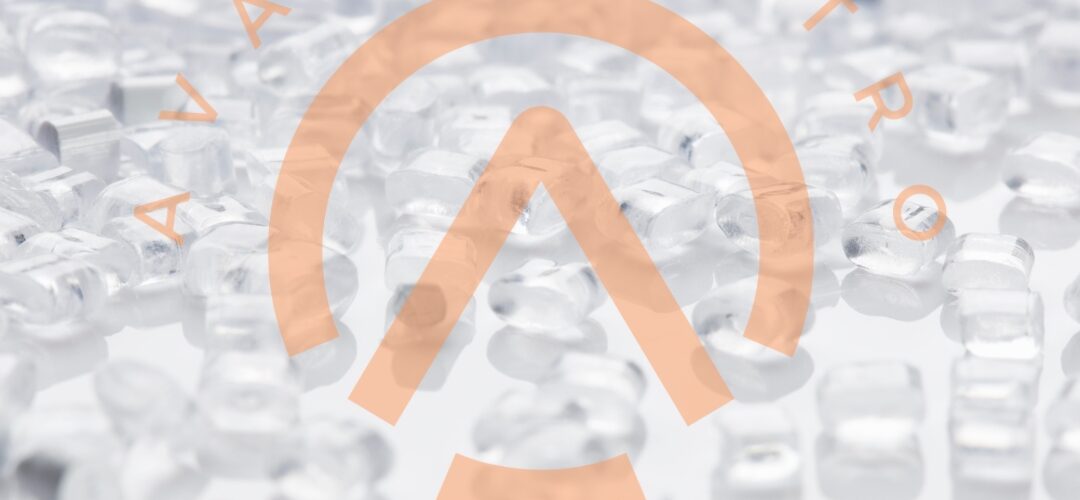How to Buy GPPS Resins: AvavinPetro – Your Reliable Supplier
In today’s fast-paced industrial world, the demand for high-quality GPPS (General Purpose Polystyrene) resins is on the rise. These resins are essential in various industries, including packaging, electronics, automotive, and construction. To meet this demand, it’s crucial to know how to buy GPPS resins from a reliable supplier. In this article, we will guide you through the process and shed light on AvavinPetro, a trustworthy supplier in the market.
Table of Contents
- Introduction
- Understanding GPPS Resins
- The Importance of Choosing the Right Supplier
- AvavinPetro: Your Trusted GPPS Resins Supplier
- Quality Assurance and Certifications
- Product Range
- Competitive Pricing
- Customer Reviews and Testimonials
- Ordering Process
- Shipping and Delivery
- Customer Support
- Conclusion
- FAQs
- Introduction
When it comes to purchasing GPPS resins, making an informed decision is crucial. You want to ensure that you not only get a high-quality product but also receive excellent service. This article will provide you with insights into the world of GPPS resins and introduce you to AvavinPetro, a reliable supplier that can meet your needs.
- Understanding GPPS Resins
Before diving into the process of buying GPPS resins, it’s essential to understand what they are. GPPS resins are a type of thermoplastic polymer widely used for their transparency, ease of processing, and affordability. They find applications in various industries, such as manufacturing consumer goods, food packaging, and even medical equipment.
- The Importance of Choosing the Right Supplier
Selecting the right supplier for GPPS resins is a critical decision. The quality of the resin, pricing, and customer support can significantly impact your business operations. It’s essential to partner with a supplier who not only delivers top-notch products but also values your satisfaction.
- AvavinPetro: Your Trusted GPPS Resins Supplier
AvavinPetro has emerged as a reliable supplier of GPPS resins, known for its commitment to quality and customer satisfaction. Here’s why AvavinPetro stands out in the market:
- Quality Assurance and Certifications
AvavinPetro adheres to the highest industry standards when it comes to the quality of its GPPS resins. They are certified and tested to meet the strictest quality criteria, ensuring that you receive a consistent and reliable product every time you order.
- Product Range
AvavinPetro offers a wide range of GPPS resins to cater to diverse industry needs. Whether you require resins with specific properties or additives, they have a solution for you. Their extensive product catalog ensures you find the perfect resin for your applications.
- Competitive Pricing
Competitive pricing is crucial in today’s market. AvavinPetro offers competitive rates without compromising on quality. This ensures that you get value for your money while maintaining your budget.
- Customer Reviews and Testimonials
Don’t just take our word for it; listen to what satisfied customers have to say. AvavinPetro has garnered positive reviews and testimonials from clients who have experienced their exceptional products and services firsthand.
- Ordering Process
AvavinPetro has streamlined its ordering process to make it easy and efficient. With user-friendly interfaces and responsive customer support, you can place orders with confidence and ease.
- Shipping and Delivery
Efficient shipping and timely delivery are paramount when dealing with industrial supplies. AvavinPetro ensures that your GPPS resins reach you on time, minimizing downtime in your operations.
- Customer Support
Should you have any questions or concerns, AvavinPetro’s dedicated customer support team is readily available to assist you. Their commitment to customer satisfaction sets them apart from the competition.
- Conclusion
In conclusion, buying GPPS resins is a significant decision for any business, and choosing the right supplier is paramount. AvavinPetro, with its commitment to quality, diverse product range, competitive pricing, and excellent customer support, emerges as a reliable choice in the market.
- FAQs
Q1: How do I place an order with AvavinPetro?
You can easily place an order with AvavinPetro through their user-friendly online platform. Simply browse their catalog, select the resin you need, and follow the prompts to complete your order.
Q2: What certifications do AvavinPetro’s GPPS resins hold?
AvavinPetro’s GPPS resins are certified to meet industry standards, including quality and safety certifications, ensuring you receive a high-quality product.
Q3: Are there discounts available for bulk orders?
Yes, AvavinPetro offers competitive pricing and discounts for bulk orders. The more you order, the more you save.
Q4: How long does shipping take?
Shipping times may vary depending on your location, but AvavinPetro is committed to timely delivery. You can inquire about specific delivery times when placing your order.
Q5: Can I contact AvavinPetro’s customer support for technical assistance?
Absolutely! AvavinPetro’s customer support team is available not only for order inquiries but also for technical assistance and product recommendations.
In summary, when it comes to buying GPPS resins, AvavinPetro is your go-to supplier. Their commitment to quality, competitive pricing, and exceptional customer support make them a reliable choice for businesses across various industries.










